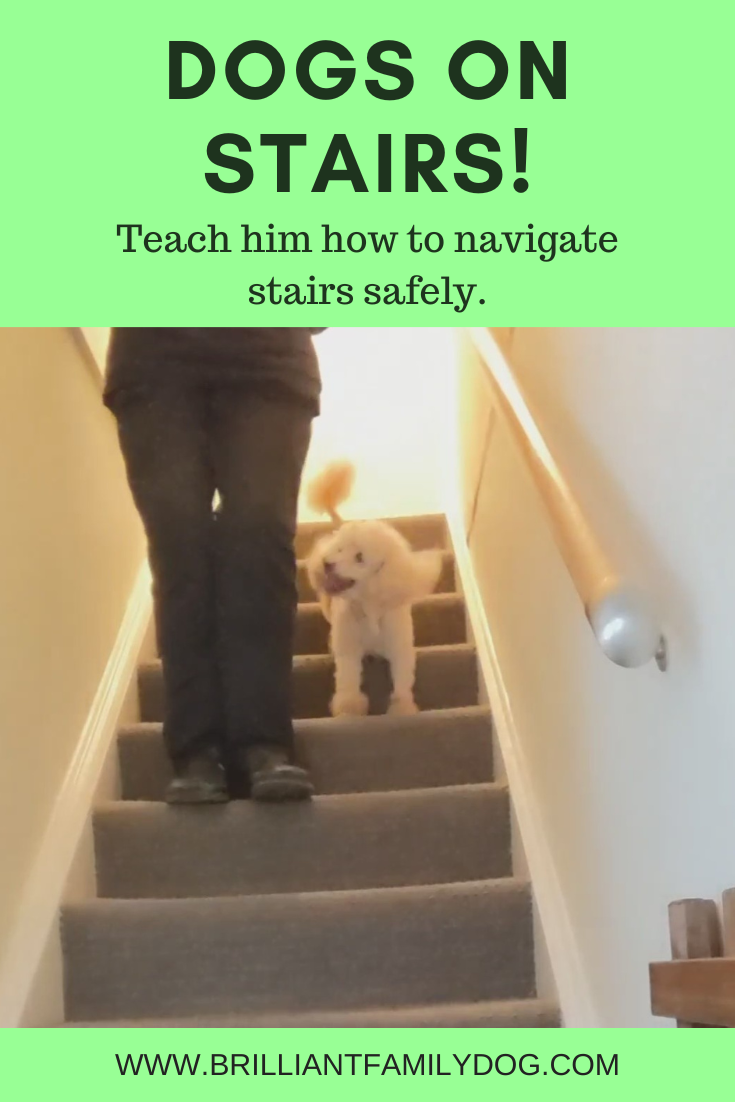Let’s face it, a lot of what we consider a problem - or get frustrated about our lack of progress in - is down to our expectation.
Our expectation of how it SHOULD go rather than a realistic acceptance of what is.
We start out with our dogs with high hopes! And it’s hard if the dog in question doesn’t appear to be fitting in with our exalted expectations!
Where is the perfect puppy I thought I bought?
Why is this older dog not grateful for being rescued?
It can come as a real shock and a disappointment.
But just like with children, you get the one you’re given - not necessarily the one you wanted, hoped for, or expected!
I’m in the happy position of starting out with a new puppy. My dear old Rollo made it to 15½. I tried to manage without a Border Collie … but I didn’t last long! So I now have a new puppy of just 10 weeks.
Expectation, of the realistic kind
Now there are some things where expectation works really well!
🐾 I EXPECTED him to sleep through the night from Day 1, and that’s exactly what he’s done.
🐾 I EXPECTED him to housetrain easily, and that’s just what’s happening. He’s asking to be let out, and he’s going to our chosen pee-spot in the garden. He’s managing just fine given the initial ground-rules.
Of course he’s still only a baby and there will be times I’m not on the ball, and it all comes upon him fast … but there’s no room here for frustration or annoyance as I clear up.
He’s doing his level puppy-best! And my goodness, one thing he’s brilliant at is cuddles!
But of course this expectation was tempered, in my case, with knowledge!
Knowledge of what I had to put into the relationship to make it work.
I’ve reared twelve of my own puppies now, and worked with thousands of other folks’ pups. So if you’re starting from scratch you need all the help you can get!
One extreme or the other!
I find that new puppy-owners have expectations that are either unrealistically high, or ridiculously low. At 8 months they’ll tell me, “I knew there’d be puppy biting but now it’s really hurting!” (My puppy never bites - see these posts for help: https://www.brilliantfamilydog.com/blog/why-is-my-dog-biting-me https://www.brilliantfamilydog.com/blog/10-ways-to-stop-puppy-biting)
Or at 11 weeks they complain that this puppy is still chewing things up or making puddles. (I give him lots of things he will enjoy chewing and I follow my Errorless Housetraining protocol: https://www.brilliantfamilydog.com/blog/struggling-to-housetrain-your-puppy)
The puppy will do what a puppy does. Any expectations we have MUST be supported by actually training the little mite what it is that you want!
This is where you’ll get masses of personal help - start with this free Workshop.
See what Cilla had to say about her Fox Terrier:
“Many thanks for being you! and for all you have taught me. My puppy is so different to all my expectations, because of you. Your training truly is brilliant!”
Reactive Dogs
Some of us got landed with a reactive dog - with no warning and little knowledge. Whether this was a rehomed dog or your puppy who has unaccountably gone spooky and apparently aggressive.
You’re here - wisely! - to acquire the knowledge to get things working well. But remember to keep the brakes on frustration while you’re doing it.
As Susan Garrett says, “Your dog’s behavior is a reflection of your training.” Your dog is doing his best!












